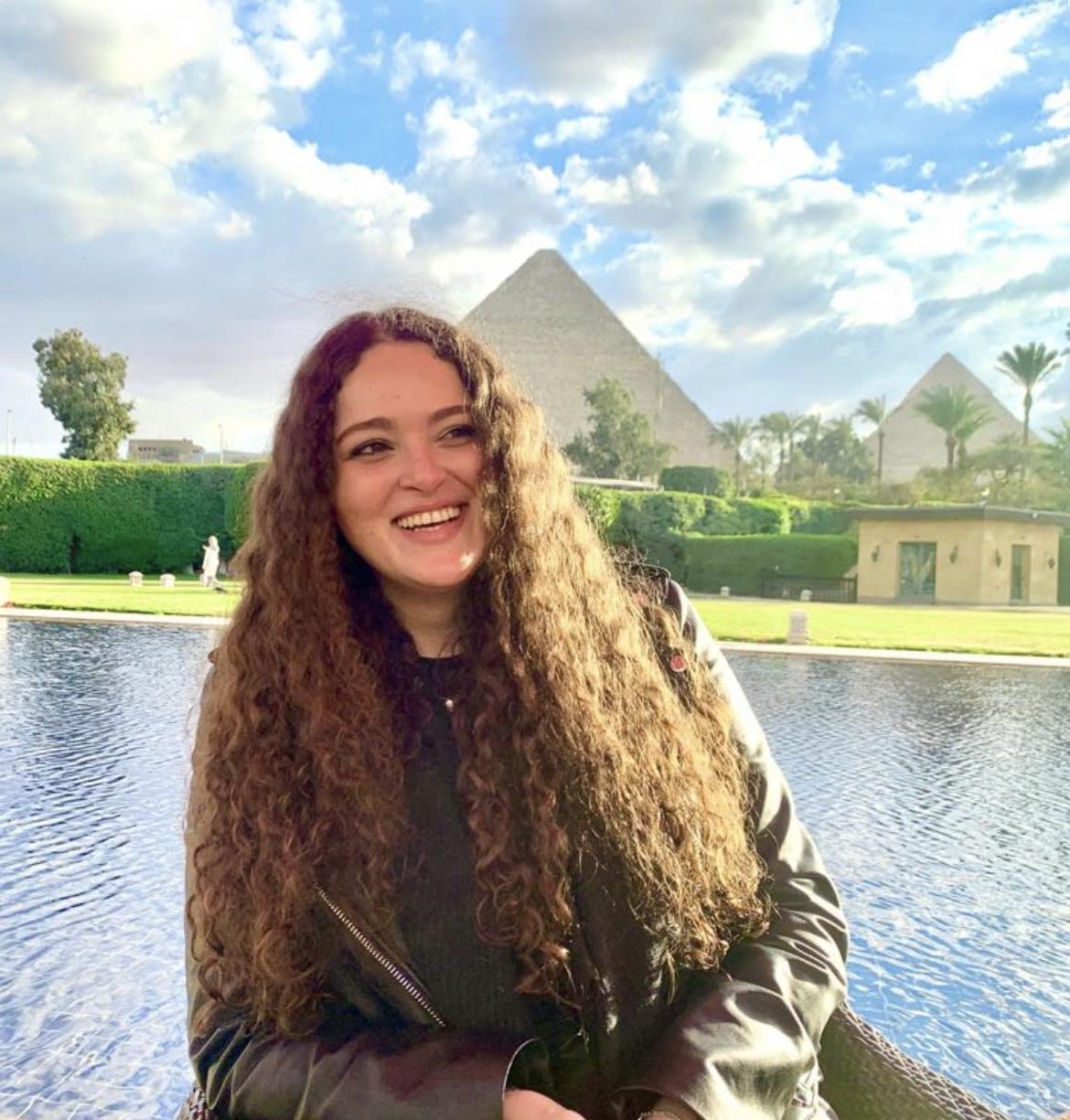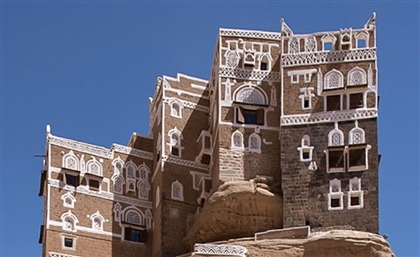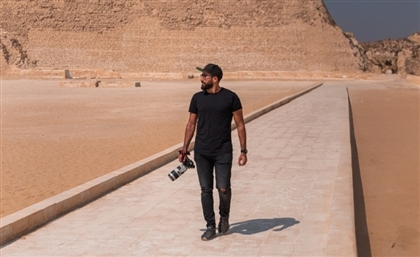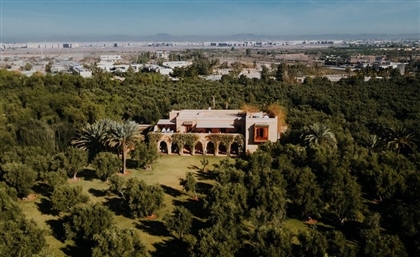The Monumental Women Behind These 5 Magnificent Regional Monuments
From Yemen’s Queen Arwa Mosque to Egypt’s Hatshepsut Temple, these monuments were commissioned by some of the region’s most historically powerful women.
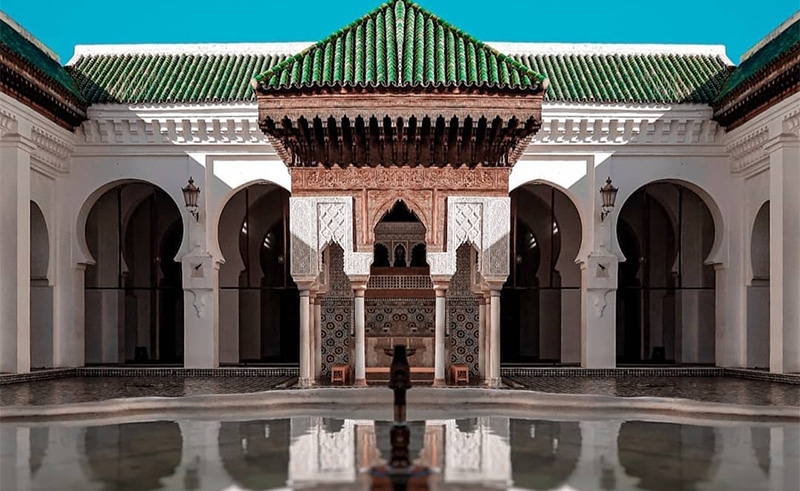
Beyond the conventional tales of conquests and empires, the MENA region possesses a cache of often overlooked but equally compelling stories of remarkable women, who – against societal norms and historical odds – left an indelible mark on the world’s political, societal and architectural canvas.
From universities and mosques to temples and tombs, these captivating monuments showcase the enduring legacy of the women who, even if ever so slightly, helped shape the region into what it is today.
Queen Arwa’s Hurrat-ul-Malikah Mosque – Jibla, Yemen
-dc986751-a4cb-4a8f-928b-0beb4e9763db.jpg) Currently one of the oldest mosques in the entire country and initially intended to be a palace, the impressive structure was repurposed by Queen Arwa al-Sulayhi into a mosque, which would later become her final resting place, a prominent site of pilgrimage and the tangible essence of her resounding legacy.
Currently one of the oldest mosques in the entire country and initially intended to be a palace, the impressive structure was repurposed by Queen Arwa al-Sulayhi into a mosque, which would later become her final resting place, a prominent site of pilgrimage and the tangible essence of her resounding legacy.
The niece of Yemen's ruler, Arwa al-Sulayhi experienced early loss as both her parents passed away when she was young, leading to her upbringing within the royal family. Noted for her beauty, exceptional education, and high intelligence, Arwa wed her cousin, who later ascended to the throne. This marriage positioned her as queen consort, then – following her husband's death – she assumed the roles of regent for her son and eventually sovereign in her own right.
Her final resting place became the mosque she had constructed, marking the culmination of her impactful life and leadership in Yemen.
Hatshepsut’s Mortuary Temple – Luxor, Egypt
-8eb0cdd8-7a1b-4862-93da-65ffe8f922d4.jpg) Characterised by elevated terraces, colonnaded walkways and intricate carvings, the Hatshepsut Temple – also known as Deir Al-Bahiri (Northern Monastery) – is Eighteenth Dynasty Pharaoh Queen Hatshepsut’s crowning architectural jewel, serving as a sacred space for religious practices and honouring the divine deities connected to the afterlife.
Characterised by elevated terraces, colonnaded walkways and intricate carvings, the Hatshepsut Temple – also known as Deir Al-Bahiri (Northern Monastery) – is Eighteenth Dynasty Pharaoh Queen Hatshepsut’s crowning architectural jewel, serving as a sacred space for religious practices and honouring the divine deities connected to the afterlife.
One of Ancient Egypt’s most successful rulers and only the second confirmed female pharaoh, Hatshepsut initially assumed the role of queen regent following the death of her husband and half-brother, Thutmose II. Despite the eventual maturity of her stepson, Thutmose III, she boldly adopted the title of pharaoh and governed for over two decades, increasingly portraying herself visually as a man.
With the intention of reinforcing her position among her male predecessors, Hatchepsut strategically built her temple on the west bank of the Nile next to the Temple of Mentuhotep II – a lasting testament to her enduring power.
Fatima al-Fihriya’s University of al-Qarawiyyin – Fez, Morocco
-b0c17da3-3c0e-4e1c-b912-be4d5a5c193f.jpg) Founded in 859 and lauded as one of the oldest continuously operating higher-learning institutions in the world, the University of al-Qarawiyyin owes its inception to Fatima al-Fihri, the well-educated daughter of a wealthy merchant from Kairouan in modern-day Tunisia.
Founded in 859 and lauded as one of the oldest continuously operating higher-learning institutions in the world, the University of al-Qarawiyyin owes its inception to Fatima al-Fihri, the well-educated daughter of a wealthy merchant from Kairouan in modern-day Tunisia.
After her father’s passing, Fatima chose to allocate her inheritance towards the construction of a mosque and an educational institution in his honour, supervising the 18-year long construction process herself.
Beyond its religious significance, the university also houses a historically renowned 400,000-book library, whose halls were graced by some of the world’s greatest scholars – including Islamic philosopher Ibn Rochd, the father of modern sociology Ibn Khaldun and Gerbert d'Aurillac, who later became Pope Sylvester II.
Sultana Safiye’s Valide Sultan Mosque – Istanbul, Turkey
-6194cd82-f9e2-4355-acf7-aaf3addd915a.jpg) Constructed by the orders of Sultana Safiye, the wife of Sultan Murad III and later Queen Mother of Sultan Mehmed III, Valide Sultan Mosque, also known as The New Mosque, is an Ottoman imperial structure that took over half a century to complete – the longest construction period of any mosque in the history of the Ottoman Empire.
Constructed by the orders of Sultana Safiye, the wife of Sultan Murad III and later Queen Mother of Sultan Mehmed III, Valide Sultan Mosque, also known as The New Mosque, is an Ottoman imperial structure that took over half a century to complete – the longest construction period of any mosque in the history of the Ottoman Empire.
Born into slavery, the ambitious and clever Safiye found herself presented as a concubine at the age of 13, paving the way for her to become the chief consort to Sultan Murad III, even becoming de-facto co-ruler and, later on, Valide Sultan (Queen Mother) under her son’s rule.
Upon her son’s demise, Safiye was permanently exiled to the Old Palace and the mosque was left abandoned for around 60 years, until another Valide Sultan – Sultana Turhan Hatice – decided to complete the project as an act of religious devotion.
Shajar al-Durr’s Mausoleum – Cairo, Egypt
-96438b24-59e2-4d64-bde4-86c72aeacf10.jpg) An unassuming resting place at first glance, Shajar al-Durr’s Mausoleum features expansive areas with painted medallions, elaborate arched niches, and glass mosaic embellishments depicting a tree adorned with pearls to match the title given to her by her husband – Shajara al-Durr (Tree of Pearls).
An unassuming resting place at first glance, Shajar al-Durr’s Mausoleum features expansive areas with painted medallions, elaborate arched niches, and glass mosaic embellishments depicting a tree adorned with pearls to match the title given to her by her husband – Shajara al-Durr (Tree of Pearls).
A former 80-day Sultana of Egypt following the death of her husband in 1250 C.E, Shajar al-Durr was the founder of the Mamluk Dynasty in Egypt as the first and only woman to sit on the Islamic Egyptian throne.
Sold into slavery as a young girl to the sultan’s son, al-Salih Ayyub, she entered the royal harem, swiftly earning the favour of al-Salih and eventually becoming his loyal wife. Renowned for concealing the truth of her husband’s demise for three months during the Crusades to preserve the morale of the Egyptian troops, Shajar al-Durr decided to construct her domed mausoleum in close proximity to shrines dedicated to notable women descended from the Prophet Muhammad.
- Previous Article The Most Captivating Ceilings Across the Middle East & North Africa
- Next Article Six Unexpected Natural Wonders to Explore in Egypt
Trending This Month
-
Nov 29, 2025



